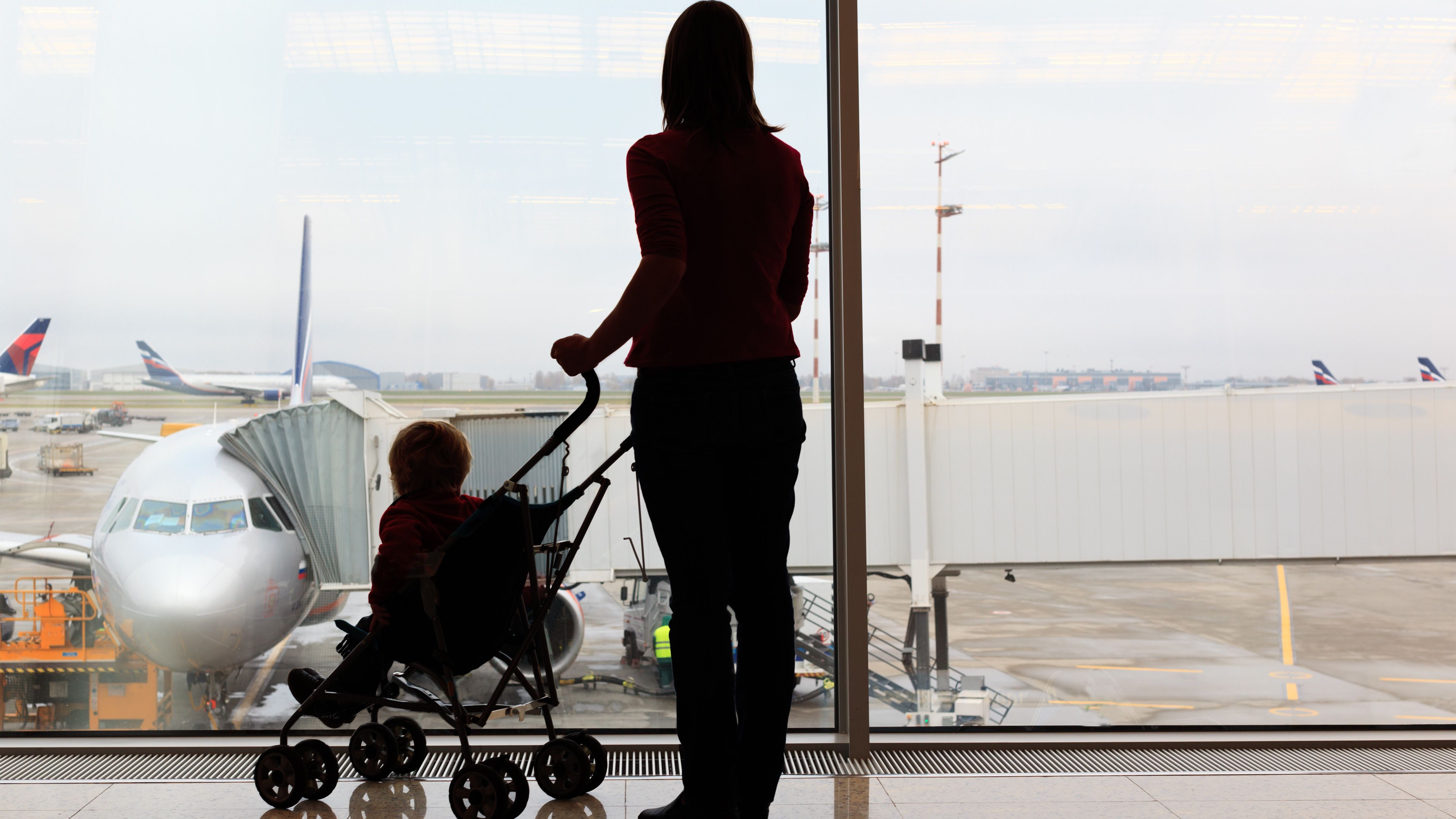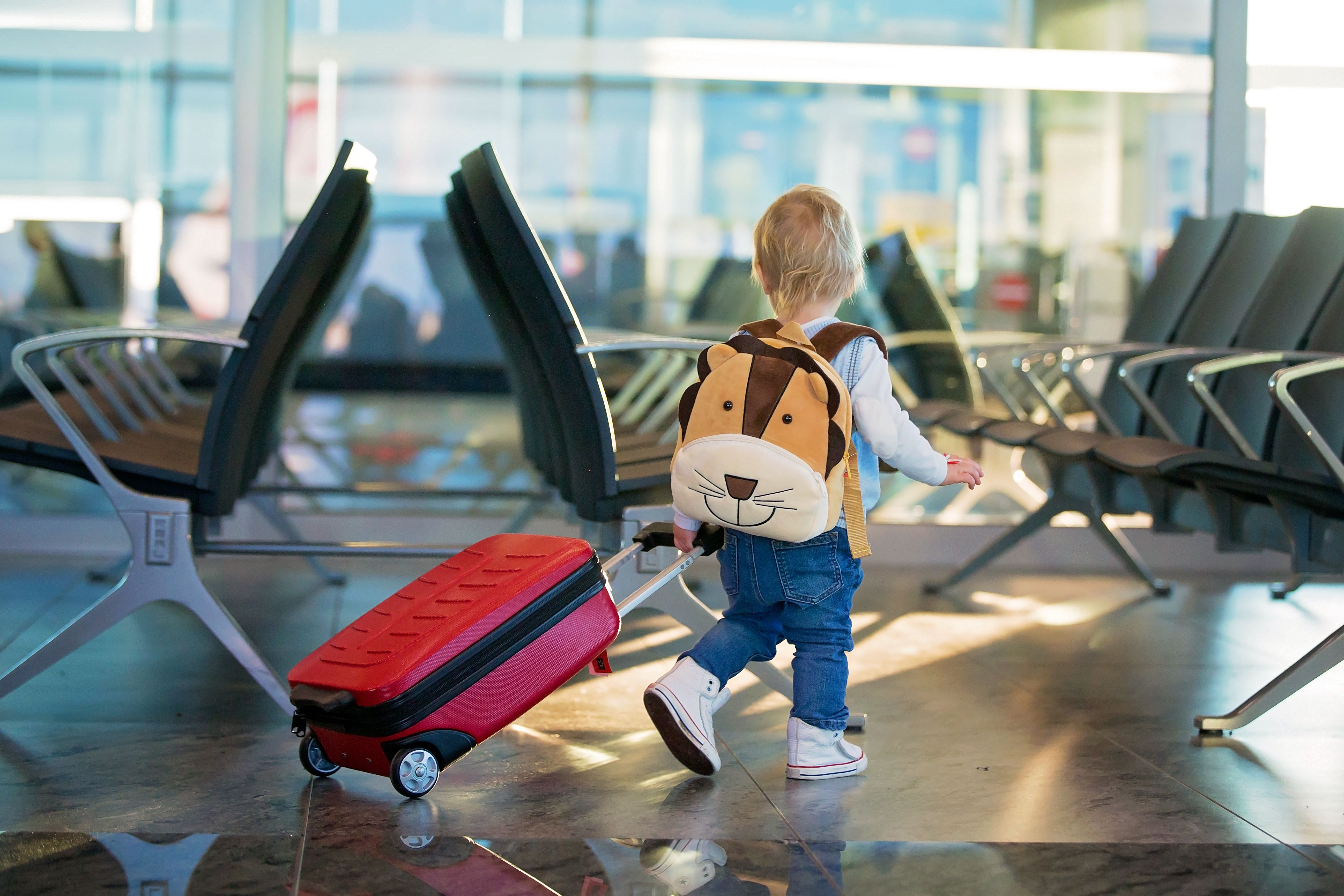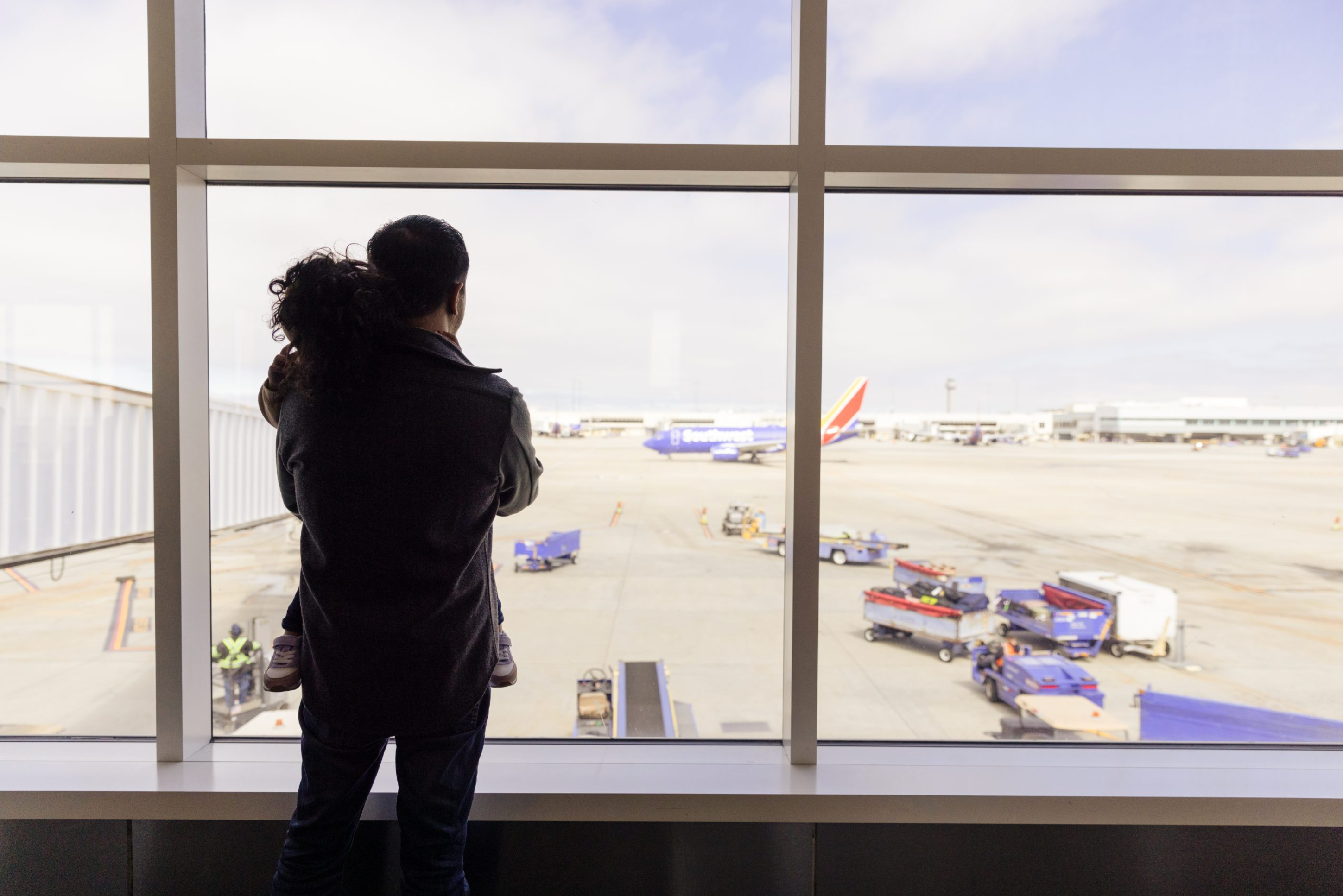Summary
- Flying with young children can be challenging, but holding them in your lap can save you money.
- Infants typically fly free in a parent’s arms on domestic flights, though this will likely incur a charge for international flights.
- Airlines may restrict seating for those traveling with infants and very young children.
Air travel can be stressful enough as it is for anyone, but regardless of in what capacity, traveling with young children is very challenging. Airlines attempt to make things less burdensome for parents with infants by allowing them to hold their babies during the flight. This article examines some of the ins and outs of such an offering.
While the safety of holding an infant in your arms for the entire flight duration, whether a 2-hour hop or a half-day long-haul trek, is controversial, it will save money in most cases. At a time when airfare can be steep, a “lap infant” fare is much appreciated compared to buying an extra seat.
Will my child fly for free?
As with everything in the industry, you should check with the airline before traveling. But in most cases, no matter what country you’re in, a baby can fly in your arms at no extra cost when flying domestically. And with some carriers in the United States, flying to territories such as Puerto Rico or the Virgin Islands also allows for a fee waiver. But often, when flying internationally, airlines will charge a fee for a lap baby without their own seat.
That said, this fee is usually just a fraction of whatever it would cost to fly regularly. According to an article from The Points Guy earlier this year, costs may cost anywhere from 10% to even 50% of a standard seat, depending on your airline of choice. For a long-haul economy seat priced near $1,000, this could mean good savings, but if you can get an extra seat traveling transpacific for an extra $200, that might be well worth it.
Children flying in a parent’s lap have no luggage allowance, while a baby with a ticketed seat is allowed the same luggage as any adult passenger per fare regulations.
When must my child have their own seat no matter what?
As far as airlines are concerned, a lap baby should be younger than two years old. Any child older than two at boarding will need a seat unless you get lucky with one of the few airlines that ignore the requirement if they departed before their second birthday yet are flying back just over two. Critically for some parents, you can only have one lap child per adult, so if you happen to be solo traveling with young twins, for example, you’ll at least need to buy one extra seat.
Placement in aircraft may also be restricted in many cases. Whether you outright buy a seat for your child and bring an FAA-approved car seat, or choose the baby-in-arms route, the airline might lock out certain seats and cabins. Due to specific configurations or seatbelt airbags on particular aircraft, you may have no choice but to sit in economy, not in an exit row. That said, this depends on the airline and even specific aircraft types flown by a given airline, so a phone call might be in order.
Get all the latest aviation news right here on Simple Flying
It’s worth having your airline’s mobile app installed and checking the seat map in the days leading up to your journey. If you plan on carrying your child for the flight but see no one claiming the seat next to yours, bringing a car seat might be a good idea. At the airport through security, if the flight is still not full, gate agents might be able to arrange for the seat next to you to be empty, though in the worst case, the car seat can probably get gate-checked for free.
Sources: The Points Guy, Made For Mums, Skyscanner



